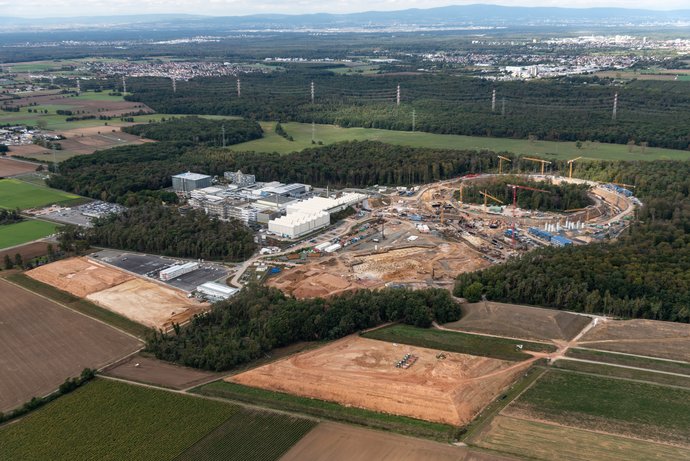
The next decisive milestones for the FAIR ring accelerator SIS100 are set: While the structural work on the construction site is progressing and the development and production of the high-tech components for the future FAIR accelerator center is running simultaneously, another crucial aspect is now moving more and more into focus: the assembly of the accelerator machine in the new buildings.

Very successful experiments, high-quality ion beams for research — the current experiment period on the GSI and FAIR campus has ended with a positive outcome despite the corona pandemic. At the existing accelerator facility researchers were able to conduct experiments with a wide variety of ion beams on numerous topics. This opened the way for new discoveries and excellent research opportunities in the future.

The cycling season is slowly coming to an ending, time for an annual balance: This year again, team GSI/FAIR has achieved a great success in city cycling campaign and has reached first place in the team ranking. A total mileage of 37,181 kilometers was covered. 142 employees from GSI, FAIR and externals participated in the campaign as team GSI/FAIR. The kilometers travelled avoided the emission of 5.5 tonnes of carbon dioxide.
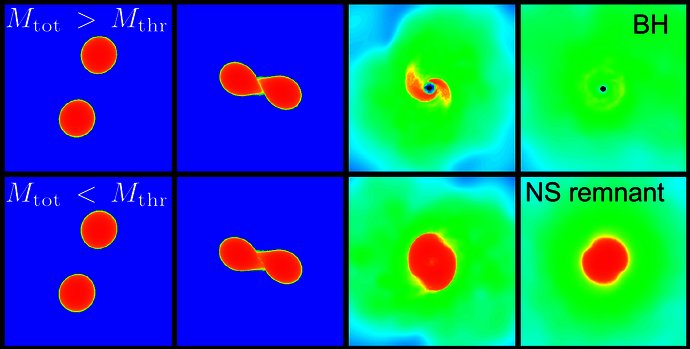
A new study lead by GSI scientists and international colleagues investigates black-hole formation in neutron star mergers. Computer simulations show that the properties of dense nuclear matter play a crucial role, which directly links the astrophysical merger event to heavy-ion collision experiments at GSI and FAIR. These properties will be studied more precisely at the future FAIR facility. With the award of the 2020 Nobel Prize in Physics the topic currently also receives a lot of attention.
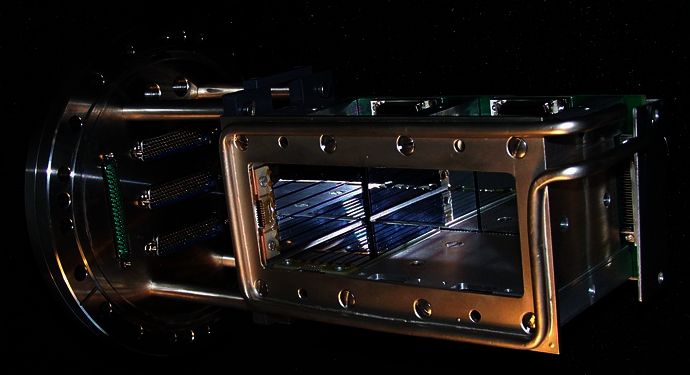
Gaining a better understanding of the limiting factors for the existence of stable, superheavy elements is a decade-old quest of chemistry and physics. Superheavy elements, as are called the chemical elements with atomic numbers greater than 103, do not occur in nature and are produced artificially with particle accelerators. They vanish within seconds. A team of scientists from GSI Helmholtzzentrum für Schwerionenforschung Darmstadt, Johannes Gutenberg University Mainz (JGU),…
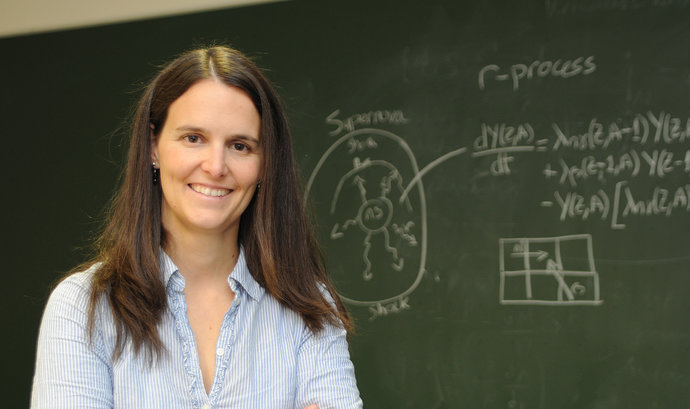
Professor Almudena Arcones has been elected "Fellow 2020" of the American Physical Society (APS). With this prestigious recognition, the APS honors Almudena Arcones' outstanding contributions in the field of astrophysics. The Spanish-German physicist works since 2007 in the GSI Theory department with a joint appointment with the Technische Universität Darmstadt.
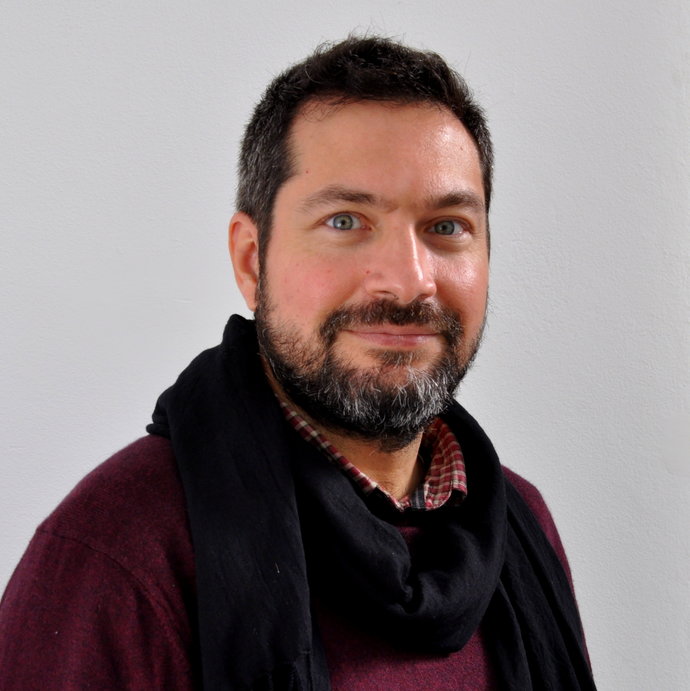
Professor Omar Azzaroni from Argentina has received the Georg Forster Research Award, granted by the Alexander von Humboldt Foundation, for his research in the field of nanosciences. As award winner, he will work in close cooperation with the Materials Research Department of GSI.
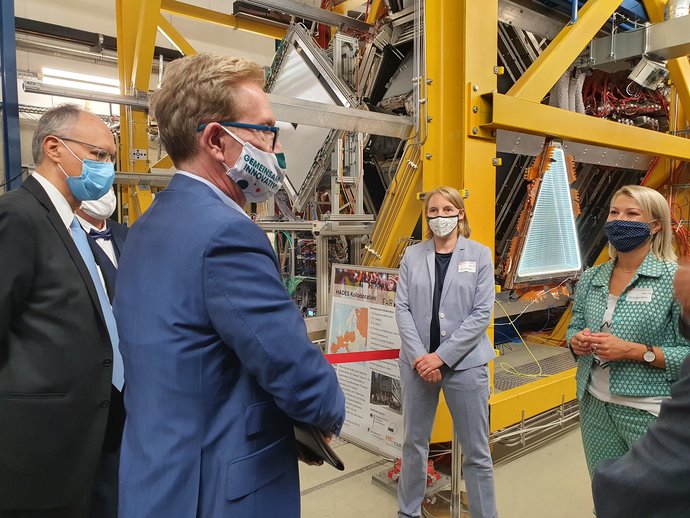
The research at FAIR and the ongoing research activities in the run up to its establishment were the focus of a visit by Professor Wolf-Dieter Lukas, State Secretary at the Federal Ministry of Education and Research (BMBF). Together with further senior staff from the BMBF, he heard all about the outlook for the future at the FAIR and GSI campus.

Dr. Uwe Niedermayer has received the Young Scientist Award for Accelerator Physics of the German Physical Society (DPG). The award honors his scientific achievements in the development of simulation programs that are used, for example, for the design and calculation of future accelerators at GSI/FAIR and CERN as well as his contributions to the realization of a laser driven accelerator on a chip.











